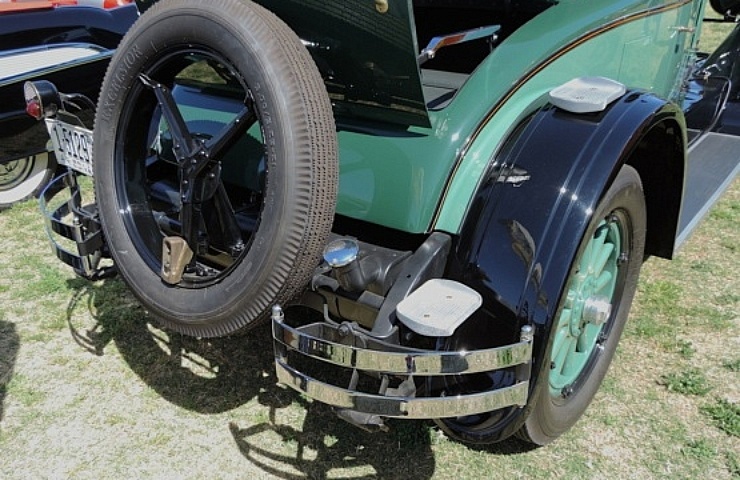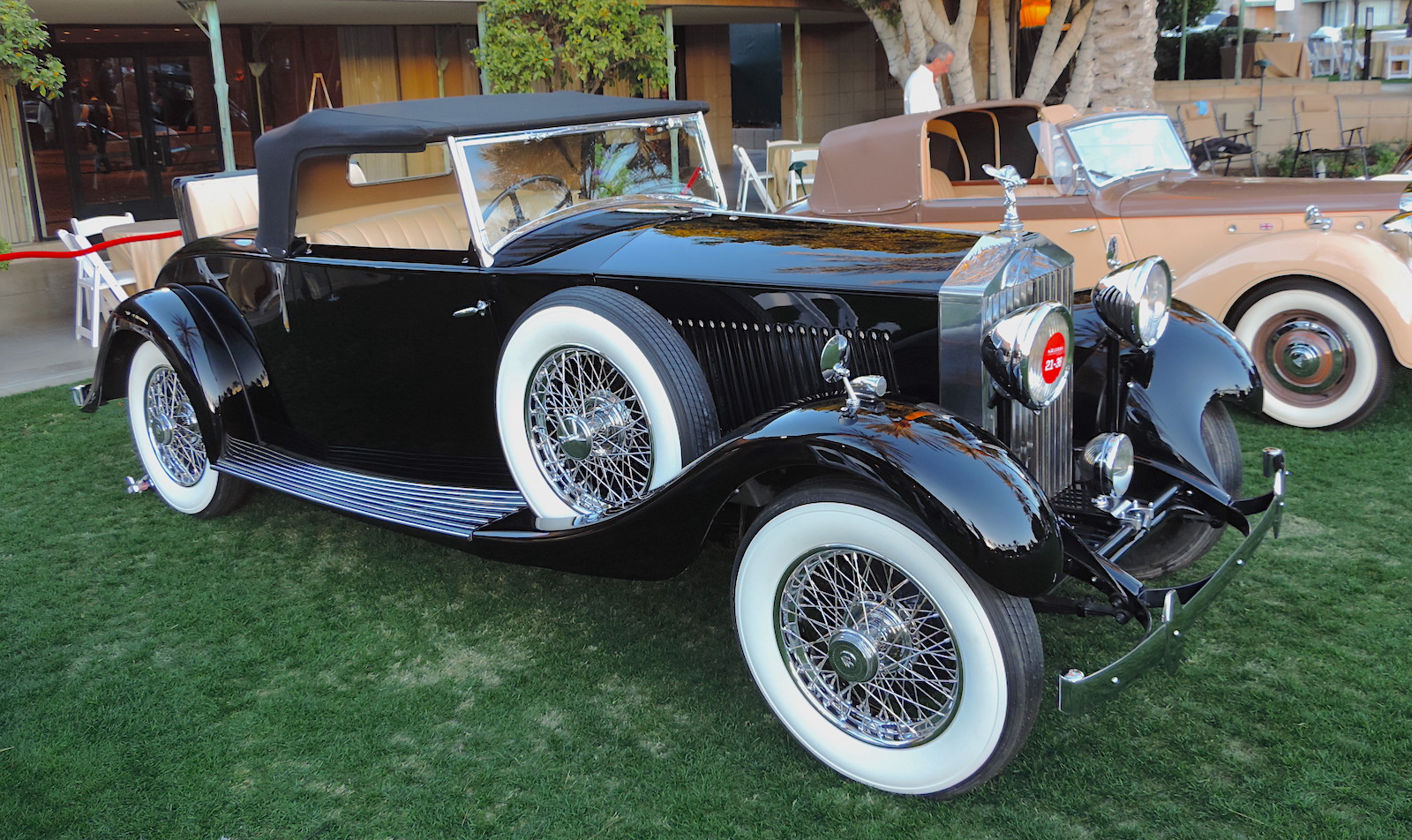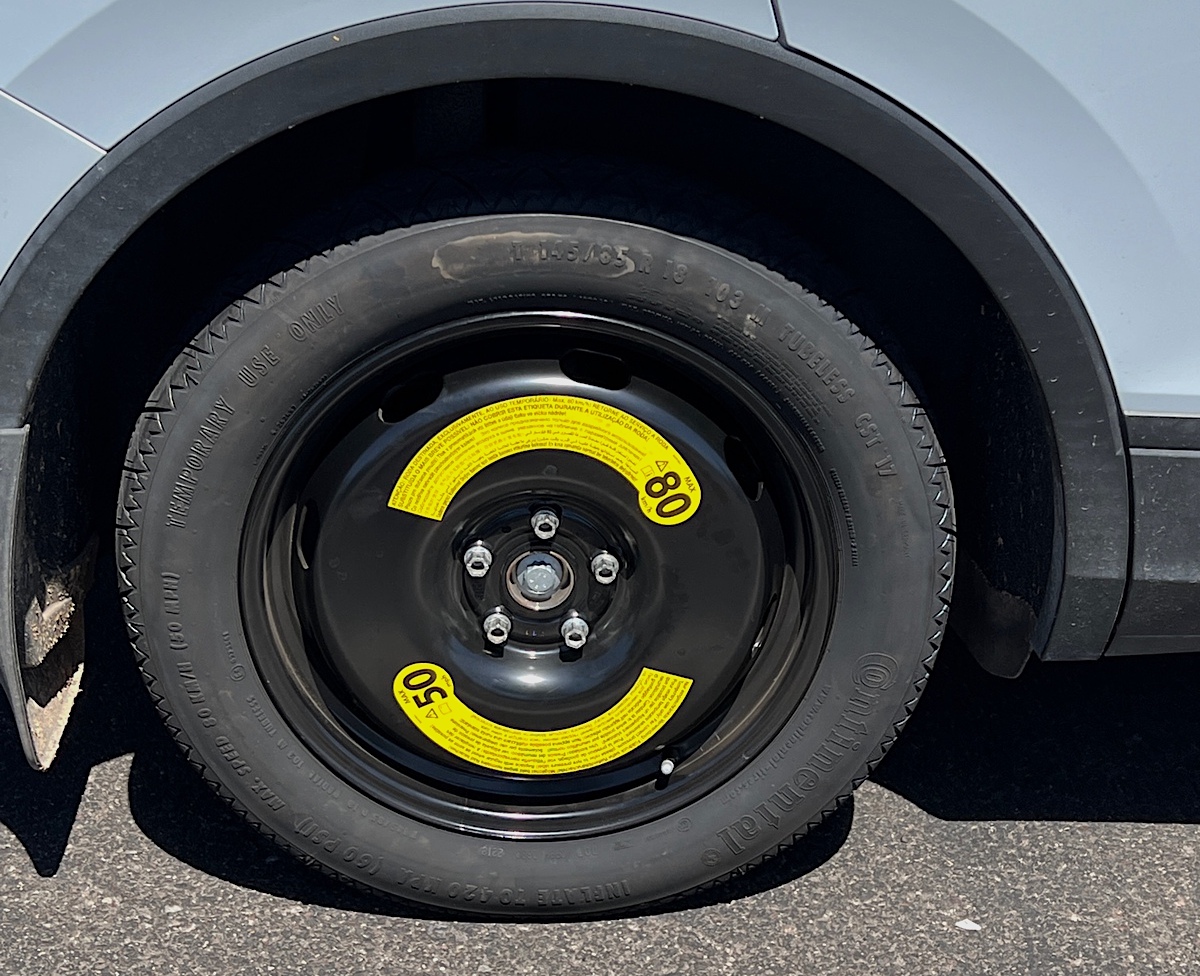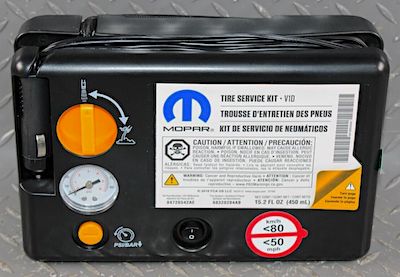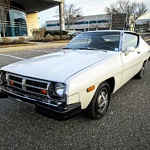Contents
In the early automotive era, roads were rough and often filled with debris and other hazards. When a driver had a flat tire, they would have to remove the tire, unmount it from the rim, patch the inner tube, air it, remount it, and finally replace the tire onto the axle.
This was inconvenient, so a British company came up with the concept of a ready-to-use spare tire. It was a popular option and soon became expected in automobiles. Some cars mounted the tire on the front floorboard, in front of the doors. Older classics sometimes have two spare tires, often covered in metal, one on each side of the car.
Emergency Spare Tires
In the 1970s, automakers offered a smaller, emergency spare tire (often called a space saver or donut). This smaller emergency spare is compact, saving weight and space. But, emergency spares are only meant to travel short distances—often less than 50 miles and at lower speeds—usually under 50 miles per hour.
Consider these factors:
- Emergency spares typically have a smaller diameter, shallower tread, and narrower width.
- Driving with two tires that have vastly different diameters and widths could impact stability control and anti-lock brakes.
- Many manufacturers suggest that front-wheel drive vehicles should only use the emergency spare tire on the rear tires.
- If you get a flat tire on the front wheel, you must first lift the car, swap a good rear tire for the emergency spare, and then put that rear tire in place of the flat tire. So yes, for maximum safety, you have two tires to lift and remove.
Run-Flat Tires and Sealants
Run-flat tires are another option. These tires are designed to let drivers continue driving with lower air pressure in the tire. These run-flat tires can continue for up to 50 miles, often enough distance to reach a tire shop.
- Some new cars now come with a can of tire sealant, a tire patch kit, and a small air compressor. If you experience a tire puncture, you can temporarily seal the leak and drive to a tire repair shop.
- These options only work for small punctures. If a car tire suffers a larger gash or a blowout, your car must be towed to a tire shop.
Consumer Reports indicates that only 10 percent of cars they tested in the past five years have a full-sized spare. About 60 percent provide a space saver. The rest rely on run flats or tire sealants.
When shopping for a vehicle, here is a guide to what you may expect for spare tires.
Trucks and SUVs
Typically, trucks and SUVs have a full-size spare tire. A smaller emergency spare would not be compatible with these larger tires and might not be capable of successfully towing a truck’s boat trailer.
Sports Cars
Sports cars and exotics are equipped with high-performance tires. So you shouldn’t expect any version of a spare tire. Instead, you might have a plug and air compressor.
Luxury Cars
Many luxury brands use run-flat tires so well-heeled drivers can avoid changing a spare on the side of the road.
Shop now for tire sealant
